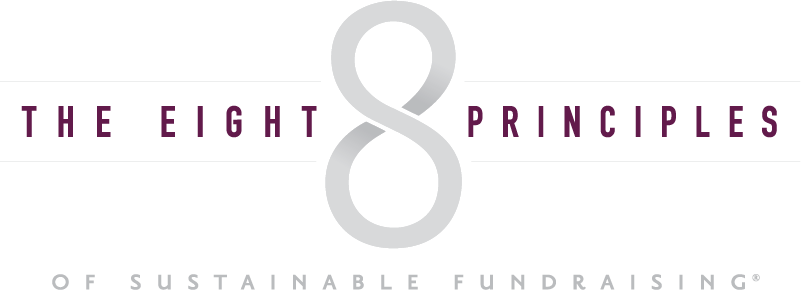In this guest post, frequent contributor Lisa Greer thinks aloud as to whether there is much self awareness among nonprofit leaders as to the condition of their donors. It’s classic Principle 7 of The Eight Principles, Renew & Refresh™. Renew your donors FIRST then consider adding others.
How to retain recurring donors. How to ensure lapsed donors don’t come back.
“Build a clean and user-centric website”
“Use technology to track gifts and send receipts”
“Target Millennials”
Yes, and. Recurring donations are, in my opinion, one of the biggest missed opportunities in the nonprofit world. And yet, many organizations see these giving programs as their lowest priority. It’s common for organizations with recurring donor programs (sometimes known as “sustainer” programs) to consign recurring donors — who may give as little as $5 per month — to their most junior staff, or worse yet, give them no staff support at all. Hmmm.
Here’s one of many reasons why that’s not a wise move. Consider this stat from an earlier article about this topic: Recurring (monthly) donors give 440% more to a charity over their lifetime than one-time donors. The average lifetime financial return from a recurring donor is approx. $800, compared with approx. $150/annually from a one-time donor.
Add that to the anecdotal evidence that recurring monthly donors are also likely to give an additional one-time gift to the organization when they learn about a particular need. I’m one of those donors and believe me, engagement matters.
Per Nonprofit Tech for Good, only 9% of recurring gift donors are acknowledged after month three. Yet many of those donors keep on giving.
Personally, I’m a recurring (monthly) donor to a handful of nonprofits, and it gives me an ongoing sense of joy and satisfaction every month when I see the donation on my credit card statement. And yet, my interaction with these organizations is typically nil. (I don’t count the credit card receipt as an “interaction” — sorry.)
Despite that, I continue giving and still feel good about it — probably because I can see (via mass emails and their websites) the organization thriving.
But what happens when and if I notice (online and in emails) a lack of growth — or change of direction — at the organization? Now the credit card statements don’t make me feel so good — in fact, they uncomfortably remind me that the organization is no longer one that I want to support. If I’ve had minimal or zero interaction with the organization during my years of monthly giving, I’m likely to stop the donation and move on. Which I did have to do about 6 months ago.
I had given gifts of various sizes to this NPO for 4+ years, and I had supported them via one-time as well as monthly gifts. So when I cancelled my recurring gift, I was pretty certain that I’d get a call or email from the organization asking how they can get me back “on board”.
Guess what happened? Nothing. It’s been months and months and I’ve heard nothing. In fact, I finally got an email from one of the organization’s staff just last week saying that they were restructuring and they’d love my support — but it was clear that they had no idea that my monthly gift had ceased. Did they even know that I made those monthly gifts in the first place? Was that so much of a transaction to them that they didn’t even feel the need to share the information with their staff? Yet I kept allowing that credit card to be charged, month after month.
The moral of the story? Notice your donors. Notice your volunteers. They’re all part of the community that your organization is at the center of, and it’s not right to ignore them.
How to do it right? Here’s one example. My colleague Gisèle Goldwater-Feldman, Director of Community Philanthropy at UCLA Hillel, is very clear about the importance — even requirement — to notice and engage with monthly donors. At Hillel, the recurring donor program is mostly monthly donors — and they typically “sign up” when they are graduating seniors. Gisele and Hillel call them their “Monthly Mensches”. She’s created a recurring giving promotion where anyone who signs up to give $100/year or $10/month gets a T-shirt. She sent “swag” to her monthly donors to engage them during the darkest moments of Covid. She’s adamant that recurring donors get the message, in her words, “I want you to know we notice you”.
Per Network for Good, “monthly giving programs have higher retention rates that get stronger over time.” How wonderful is that? Many of us know that new donors’ retention rates (donors that give a first time and then give the following year) are at about 18%. Retention rates for monthly giving programs, however, “…typically enjoy retention rates over 80% after one year and 95% after five years.”
Gisele and her department have it right. A receipt has nothing to do with a relationship. These monthly donors have made a long-term commitment to your organization. Don’t they deserve regular acknowledgment?
Don’t you have some swag in your closet that you could send to your monthly donors to say “I notice you and I appreciate you”?
Lisa Greer, lifts the lid on the charitable sector with her book, The Philanthropy Revolution: How to inspire donors, build relationships, and make a difference. Lisa is also the author of the blog, Philanthropy 451. A philanthropist with a serious interest in helping nonprofits be more responsive to their investors, Lisa lives with her husband, Josh, in Los Angeles, California.



